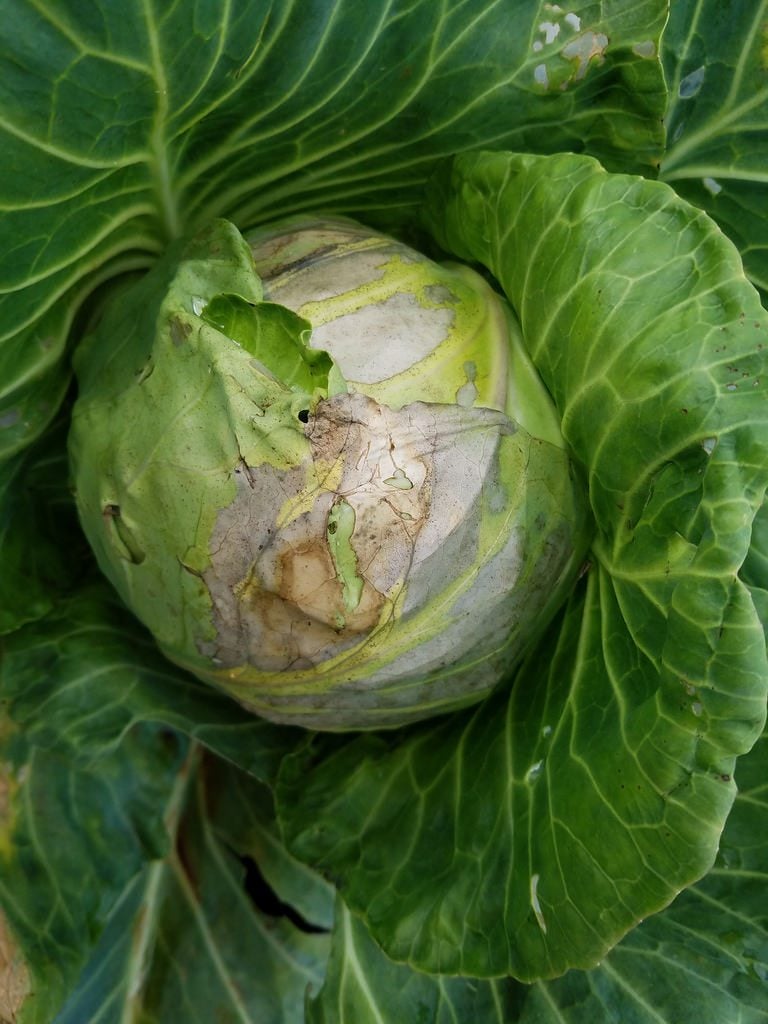What Is Black Rot Of Cole Crops: Learn About Cole Vegetable Black Rot

Black rot on cole crops is a serious disease caused by the bacterium Xanthomonas campestris pv campestris, which is transmitted via seed or transplants. It afflicts primarily members of the Brassicaceae family and, although losses are usually only about 10%, when conditions are perfect, can decimate an entire crop. How then can cole crop black rot be controlled? Read on to find out how to identify the symptoms of cole vegetable black rot and how to manage black rot of cole crops.
Symptoms of Cole Crop Black Rot
The bacterium that causes black rot on cole crops can stay in the soil for over a year where is survives on debris and weeds of the Brassicaceae family. Cauliflower, cabbage, and kale are the most affected by the bacteria, but other Brassica such as broccoli and Brussels sprouts are also susceptible. Plants can become inflicted with cole vegetable black rot at any stage of their growth. The disease first manifests as dull yellow areas on the leaf margin that extend downwards forming a “V.” The center of the area becomes brown and dry looking. As the disease advances, the plant begins to look as if it has been scorched. The veins of infected leaves, stems, and roots, blacken as the pathogen multiplies. This disease may be confused with Fusarium yellows. In both cases of infection, the plant becomes stunted, turns yellow to brown, wilts, and drops leaves prematurely. One sided growth or dwarfing may occur in either individual leaves or the entire plant. The differentiating symptom is the presence of black veins in yellowish, V-shaped infected areas along the leaf margins which indicates black rot disease.
How to Manage Cole Crop Black Rot
The disease is fostered by temperatures in the high 70’s (24+ C.) and really thrives during extended rainy, humid, and warm conditions. It is moved into a plant’s pores, spread by workers in the garden, or equipment in the field. Injuries to the plant facilitate infection. Unfortunately, once the crop is infected, there is very little to be done. The best way to control the disease is to avoid getting it. Purchase only certified pathogen free seed and disease free transplants. Some cabbages, black mustard, kale, rutabaga, and turnip varieties have varying resistance to black rot. Rotate cole crops every three to four years. When conditions are favorable to the disease, apply bactericides according to the recommended instructions. Immediately destroy any infected plant debris and practice excellent garden sanitation.
Sign up for the Gardening Know How newsletter today and receive a free copy of our e-book "How to Grow Delicious Tomatoes".

Amy Grant has been gardening for 30 years and writing for 15. A professional chef and caterer, Amy's area of expertise is culinary gardening.
